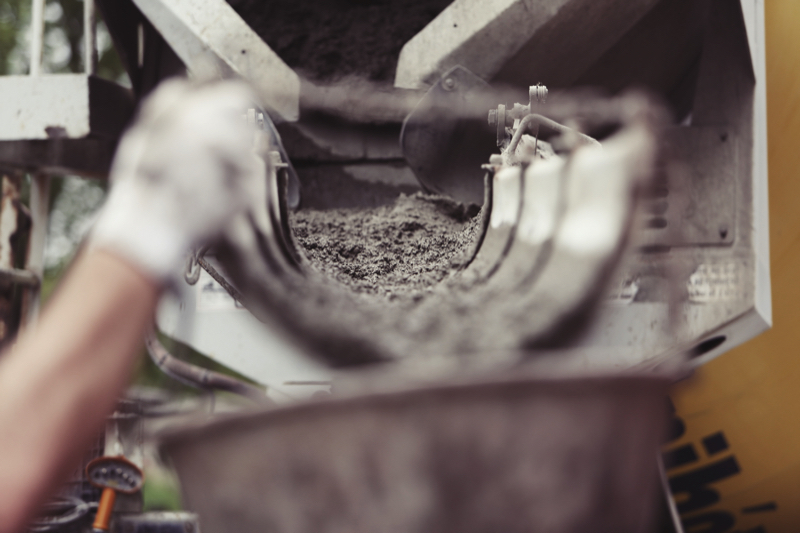The Disadvantages of Stamped Concrete: A Critical Analysis
 Introduction:
Introduction:
Stamped concrete has gained popularity as an attractive and cost-effective alternative to traditional paving materials. It offers a wide range of patterns, colors, and textures, allowing homeowners to replicate the appearance of expensive materials like stone, brick, or tile at a fraction of the cost. However, it is essential to examine the downsides of stamped concrete before considering it as a viable option. In this article, we will delve into the disadvantages of stamped concrete, discussing potential drawbacks such as durability concerns, maintenance requirements, and limitations in customization.
Limited Durability
One of the primary concerns associated with stamped concrete is its limited durability compared to natural stone or brick. While concrete is inherently robust, stamped concrete can develop cracks and show signs of wear and tear over time, especially in high-traffic areas. These cracks may occur due to improper installation, inadequate control joints, or the expansion and contraction of the concrete during temperature fluctuations. Furthermore, heavy loads or sharp objects can cause the stamped patterns to become damaged or dislodged, affecting the overall aesthetic appeal of the surface.
Maintenance Demands
Stamped concrete requires regular maintenance to preserve its appearance and structural integrity. To prevent stains and discoloration, it is crucial to seal the surface every few years. Failure to do so can lead to the penetration of moisture, oils, or other substances, resulting in unsightly blemishes that may be challenging to remove. Additionally, the sealant helps protect the concrete from UV rays, preventing color fading and maintaining the vibrant look of the stamped patterns.
Moreover, stamped concrete surfaces may be prone to the growth of weeds or grass between the joints. These plants can exploit the small crevices, compromising the stability of the surface. Routine weed removal and joint maintenance are necessary to prevent these issues. Cleaning stamped concrete also requires specific techniques and products, as harsh chemicals or abrasive materials can damage the surface or affect the color and texture.
Limitations in Customization
While stamped concrete offers an array of design options, it does have limitations in terms of customization. Each stamping pattern creates a specific texture, and while manufacturers strive to replicate natural materials accurately, there may still be a discernible difference in appearance. Furthermore, the size and shape of the stamped sections can be predetermined, restricting flexibility in design and layout.
Another consideration is color variation. Stamped concrete relies on pigments or stains to mimic the appearance of natural materials, but achieving consistent color throughout the entire surface can be challenging. Factors such as mixing ratios, application techniques, and environmental conditions can influence the color distribution, potentially resulting in noticeable discrepancies or a less authentic aesthetic.
Conclusion
While stamped concrete presents an attractive option for homeowners seeking cost-effective and visually appealing pavement solutions, it is crucial to be aware of its disadvantages. Factors such as limited durability, demanding maintenance requirements, and constraints in customization should be carefully considered before making a decision. Homeowners should evaluate their specific needs, the intended usage of the surface, and their long-term expectations when choosing between stamped concrete and alternative materials. Furthermore, engaging with experienced professionals who can ensure proper installation and provide guidance on maintenance practices will contribute to maximizing the lifespan and aesthetic value of stamped concrete surfaces.




